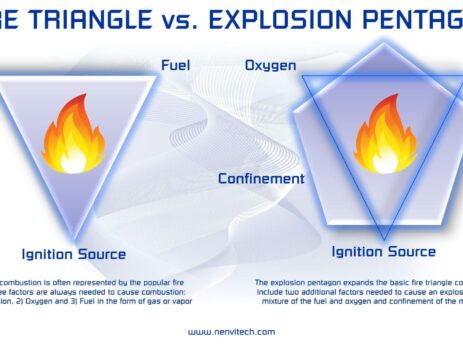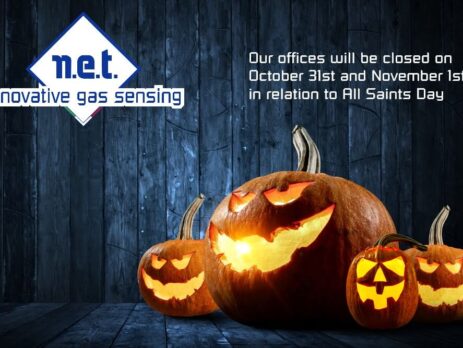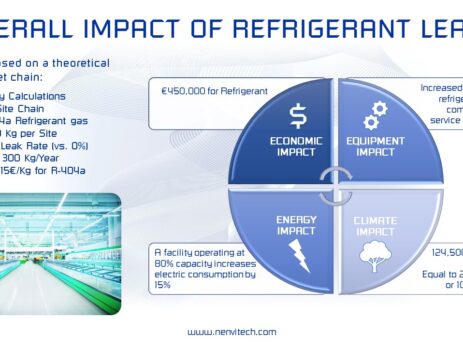A NEW ADDITION TO THE IREF PRO RANGE: R-450A.
NET already features the most complete range of refrigerant leak detection solutions on the market today, but as the market is constantly introducing new refrigerants, we are constantly designing new sensors. We are proud to introduce our latest addition for R-450A, a refrigerant designed to serve as a non flammable alternative to R-134a in medium temperature systems, offering similar performance...









